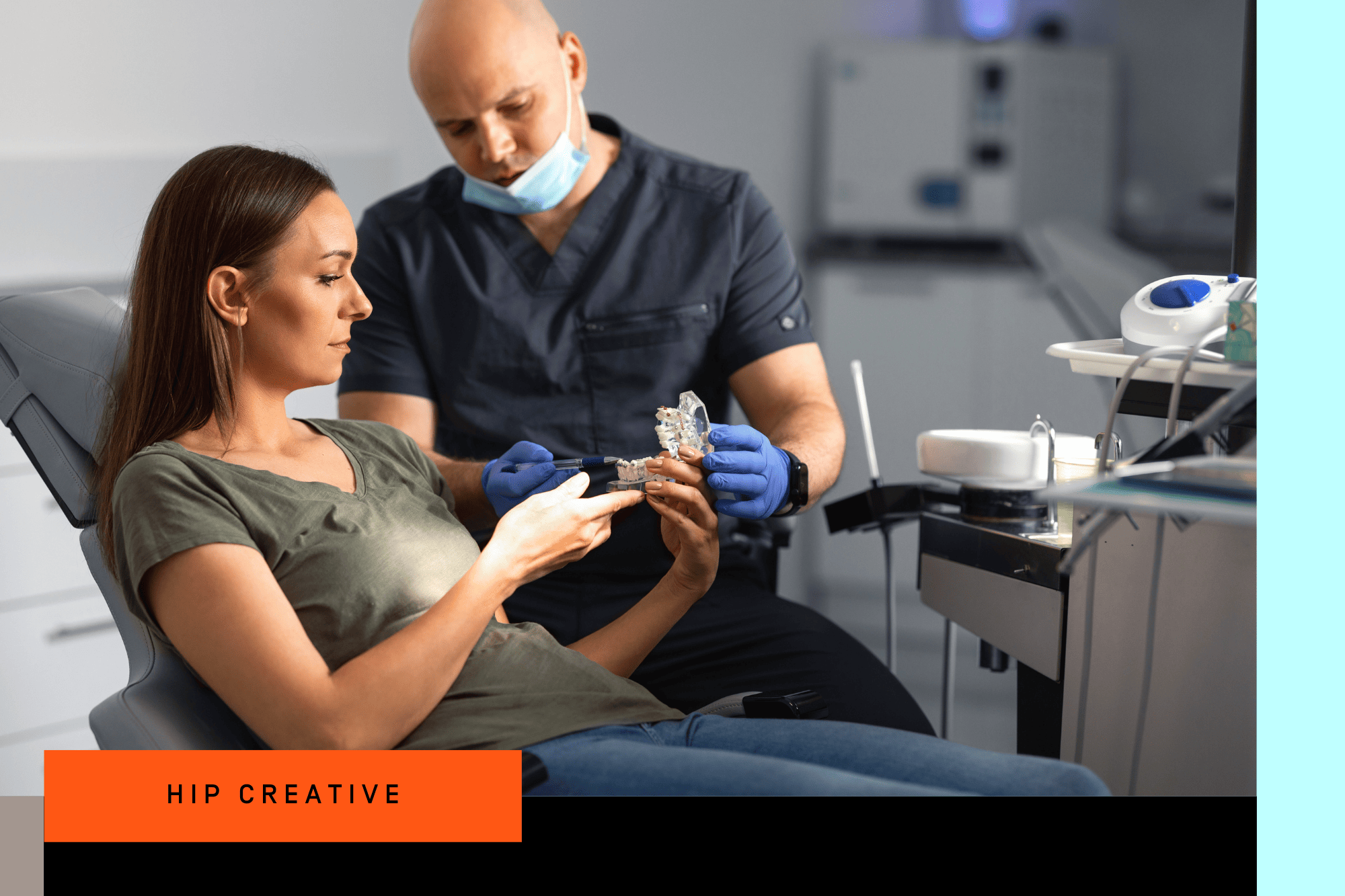The 4-Minute Rule for All Star Family Orthodontics
The 4-Minute Rule for All Star Family Orthodontics
Blog Article
7 Simple Techniques For All Star Family Orthodontics
Table of ContentsThe Best Guide To All Star Family OrthodonticsNot known Details About All Star Family Orthodontics Excitement About All Star Family OrthodonticsMore About All Star Family OrthodonticsThings about All Star Family Orthodontics

At Advanced Orthodontics, we give people with a alternative therapy experience. In addition, we provide flexible therapy schedules, adaptable payment options and an enjoyable, enjoyable experience - invisalign. Telephone call ( 480) 357-4900 today to learn more and timetable a visit.
An orthodontist is a dental professional educated to identify, avoid, and deal with teeth and jaw irregularities - (https://www.video-bookmark.com/bookmark/6514074/all-star-family-orthodontics/). They remedy existing conditions and are trained to identify problems that may establish in the future. Orthodontists deal with people of any ages, from children to grownups. Individuals usually associate an ideal smile with health.
Malocclusion, or misaligned teeth, can bring about oral concerns, consisting of dental cavity, gum tissue disease, and difficult or unpleasant chewing. Yet not everyone is born with straight teeth. If you have a negative bite or huge spaces between your teeth, you might want to consult a dental expert specializing in orthodontic care.
The Main Principles Of All Star Family Orthodontics
(Image Credit History: DigitalVision/Getty Images) Orthodontists make use of repaired and removable dental devices, like dental braces, retainers, and bands, to transform the placement of teeth in your mouth. Orthodontic therapy is for oral problems, including: Misaligned teethBite issues, like an overbite or an underbiteCrowded teeth or teeth that are as well much apartJaw misalignmentThe goal of orthodontic treatment is to enhance your bite.
While you might believe of orthodontists as mostly for kids or teens that require braces, they can remedy oral problems at any type of age. Orthodontists go to university, dental school, and orthodontic college.
All orthodontists are dental professionals, however not all dentists are orthodontists. Orthodontic residency programs offer intensive, concentrated guideline for dental professionals. They concentrate on two locations: How to appropriately and safely move teeth Just how to correctly lead development in the teeth, jaw, and faceOnce an orthodontist has actually finished training, they have the alternative to become board accredited - (https://www.nulled.to/user/6279954-alstrfmlyrth).
All Star Family Orthodontics for Dummies
Misalignment, or malocclusion, is one of the most typical factor individuals see an orthodontist. It is genetic and is the result of dimension distinctions between the upper and reduced jaw or in between the jaw and teeth. Malocclusion brings about tooth congestion, an askew jaw, or uneven bite patterns. Malocclusion is usually treated with: Your orthodontist affixes metal, ceramic, or plastic square bonds to your teeth.
If you have only small malocclusion, you may have the ability to utilize clear dental braces, called aligners, instead of standard dental braces. Some people need a headgear to find assist relocate teeth into line with pressure from outside the mouth. After dental braces or aligners, you'll require to use a retainer. A retainer is a customized device that maintains your teeth in position.

You may need to see an orthodontist if you have: Crowding or not adequate space for every one of your teethOverbite, when your top teeth come your base teethUnderbite, when your base teeth are also much forwardSpacing or issues with gapsCrossbite, which is when your top teeth fit behind your base teeth when your mouth is closedOpen bite or a vertical gap between your front base and upper teethMisplaced midline, when the center of your bottom and top teeth do not align Correcting an oral malocclusion can: Make biting, chewing, and talking easierImprove the balance of our face and your overall appearanceEase pain from temporomandibular joint problemsDifferent your teeth and make them much easier to clean, aiding prevent tooth degeneration or cavities It's typically a dental professional that initially notices misaligned teeth during a routine exam.
About All Star Family Orthodontics
During your very first orthodontic appointment, you'll likely have: A dental examPhotos taken of your face and smileDental X-raysPanoramic (360 degree) X-rays of your face and headImpressions to create mold and mildews of your teethThese tests will certainly help your orthodontist understand just how to continue with your treatment. An orthodontist is a dental practitioner that's had training to treat your teeth and jaw.
Orthodontists are dental experts however not all dental professionals are orthodontists. Orthodontists are concentrated on your bite, or the way your teeth fit with each other, and the straightness of your teeth.

This initial assessment entails a visual evaluation of your teeth and bite, X-rays, and potentially even 3D scans. By meticulously assessing these components, the orthodontist can determine any kind of misalignments, crowding, spacing issues, or jaw disparities. Once a clear photo is established, the orthodontist will certainly discuss personalized therapy options. This discussion will cover the kind of braces or aligners suggested (standard metal braces, clear aligners like Invisalign, etc), the estimated therapy period, and any type of potential challenges or negative effects.
The Single Strategy To Use For All Star Family Orthodontics
While braces are one of the most generally recognized orthodontic treatment, orthodontists have a diverse toolkit at their disposal. The certain technique picked depends upon the intensity of the case, the individual's age, and private choices. These tried-and-true braces make use of a system of brackets adhered to the teeth and connected by wires.
Clear aligners, like Invisalign, are a preferred option for individuals seeking a much more discreet treatment alternative. These detachable trays are custom-made to progressively move the teeth's placement. Headgear might be used along with braces or aligners to use extra targeted forces, specifically for correcting jaw inconsistencies. In situations of slim jaws, palatal expanders can be made use of to create space for appropriate tooth alignment.
Report this page